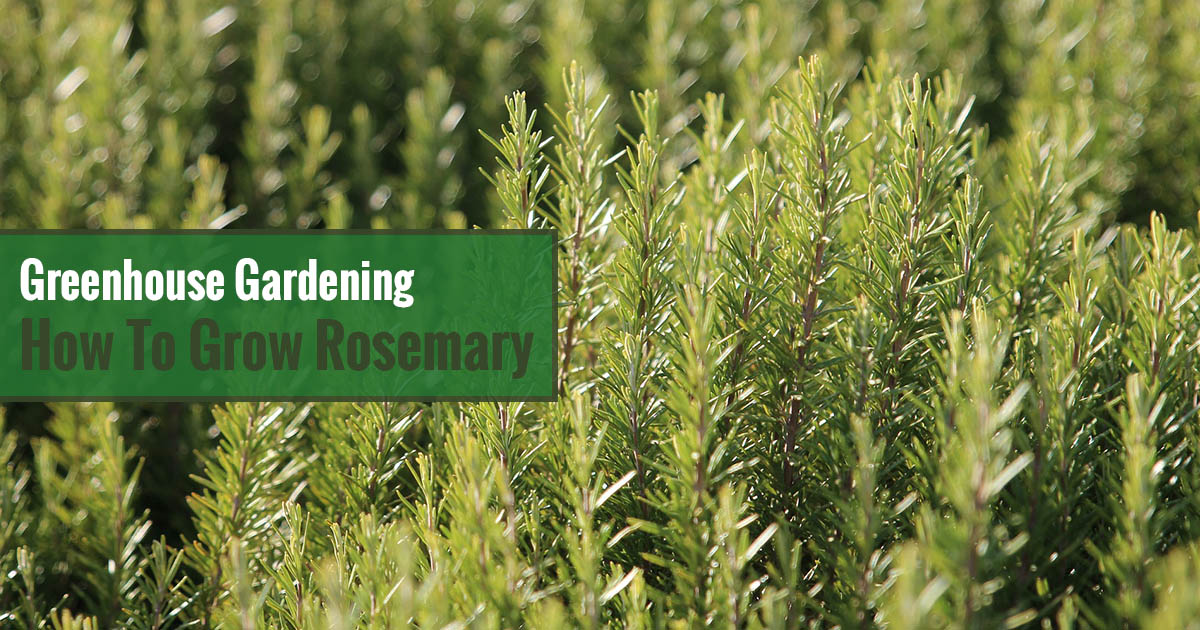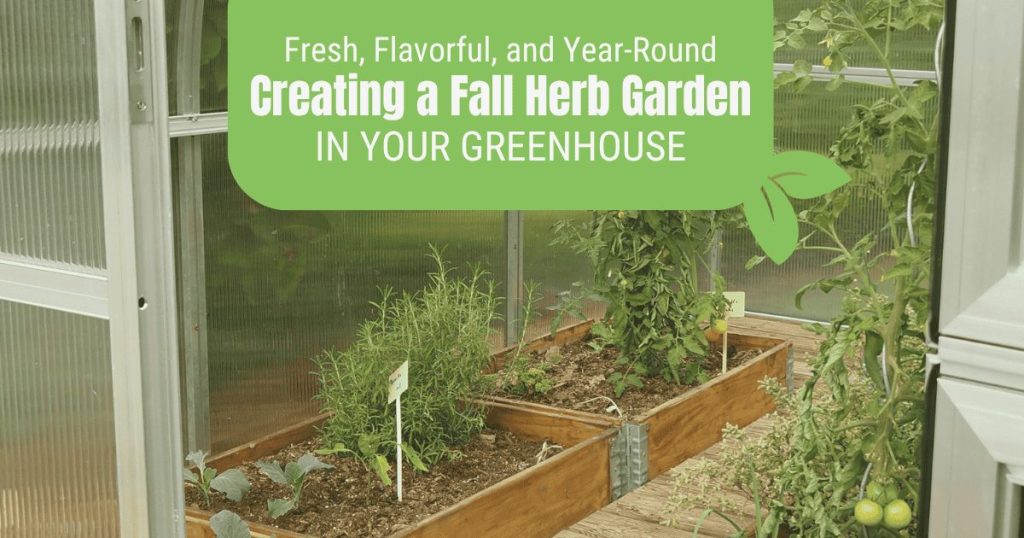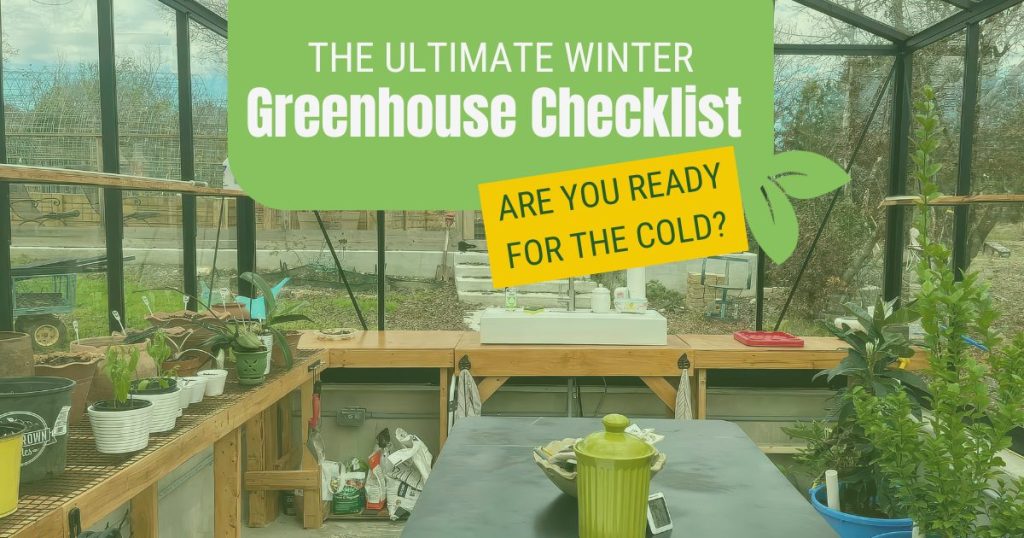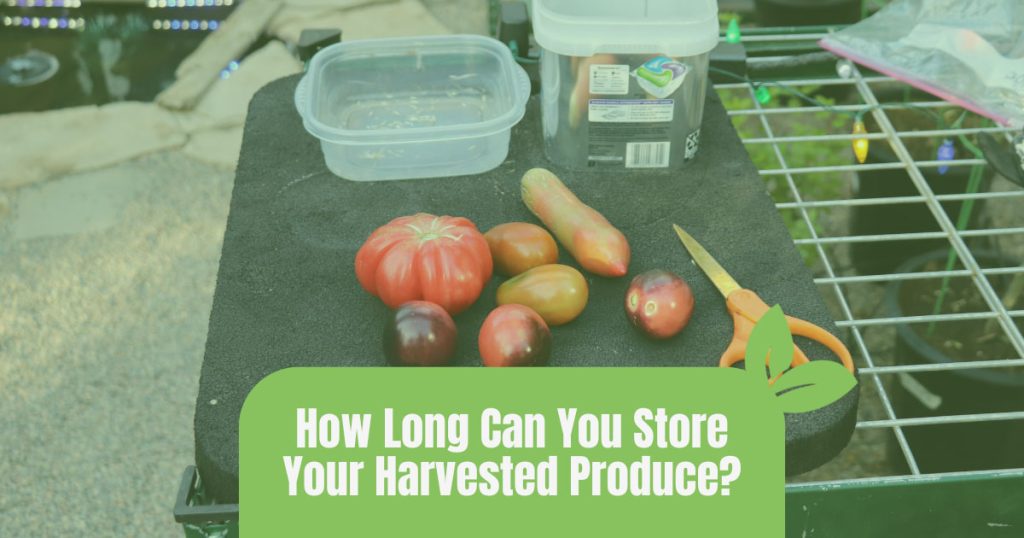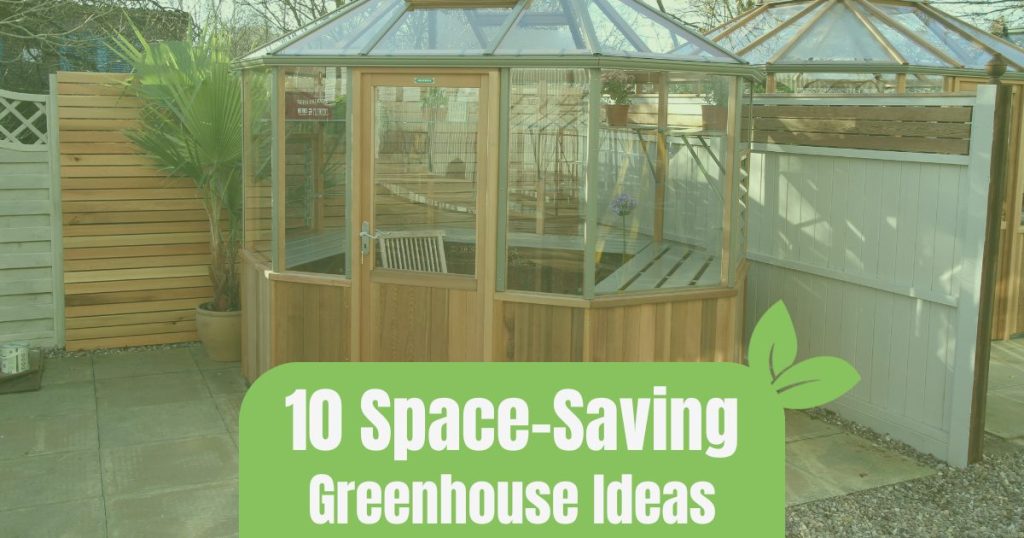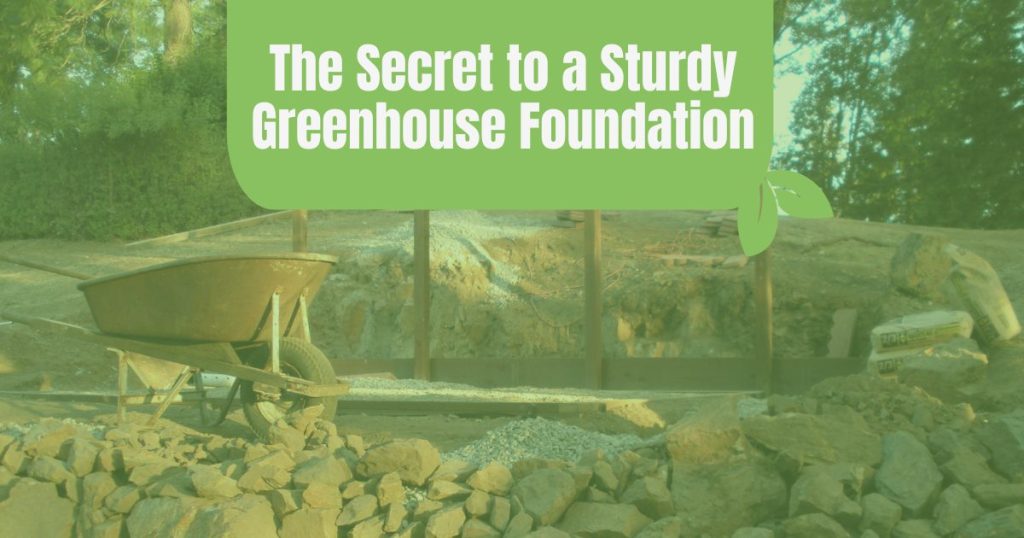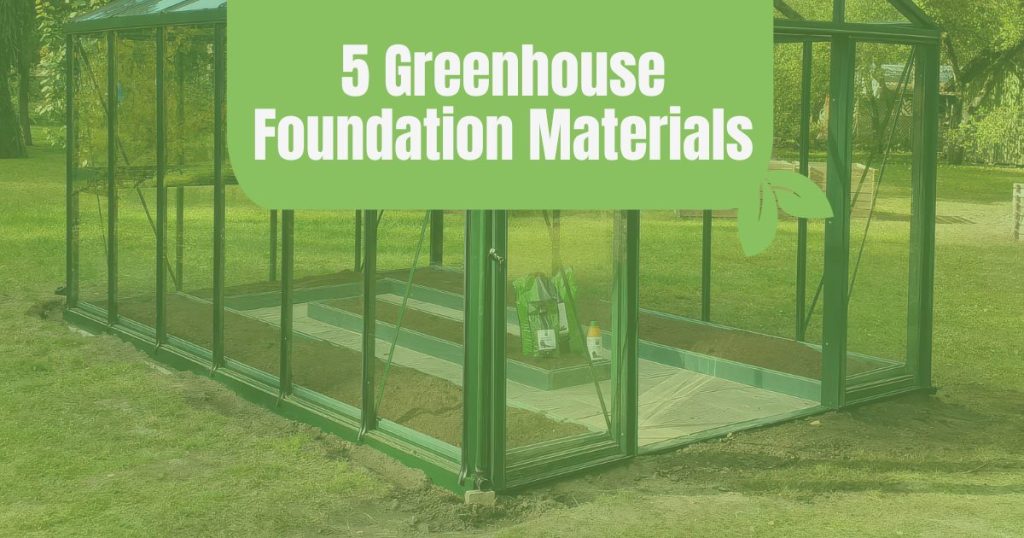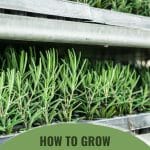









Rosemary is one of those astonishing herbs that presents a lovely decorative plant and a delightful culinary spice. It is a member of the mint species. Rosemary is a triple feast herb. It is ornamental, aromatic, and flavorful. Its leaves and flowers are tasty. Grow them easily in your greenhouse and just cut off portions of the stem whenever you want it. It can be trimmed to reveal a more charming, compact addition in your garden.
The three basics for successfully growing rosemary are the sun, excellent drainage, and good airflow. You do not require comprehensive sunlight, sea spray or a never-ending summer to successfully plant them. It is considered easy to plant in a greenhouse particularly for novice gardeners. Simply let them sit there and appreciate the fragrance and view.
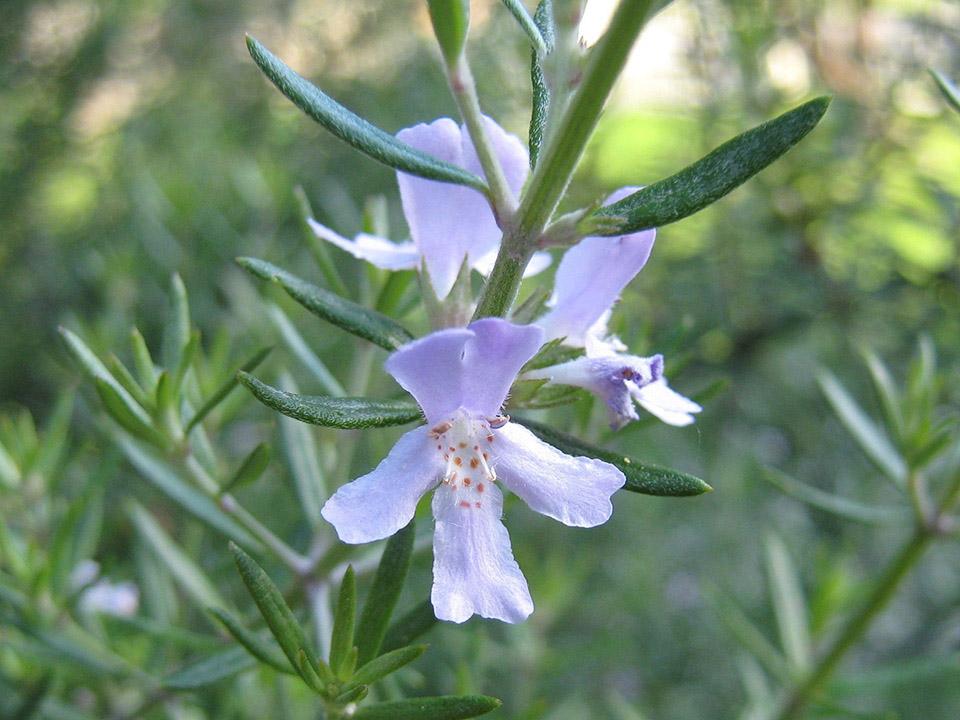
Added benefits of rosemary
Rosemary, which is native to the Mediterranean region, is a woody perennial herb that has a distinctive fragrance, evergreen needle-like leaves, and pink, purple, white, or blue flowers. The herb is common in lamb and poultry recipes as well as soups and stews. Now would you believe that it is likewise considered to support memory retention?
Quick overview of growing rosemary in a greenhouse
- Type: Warm-season crop
- Time from seed to harvest: 365 days
- Germination temp: 65-70°F
- Time until first emergence: 2-3 weeks
- Best temp to grow: 60-85°F
- Height: 3-6 ft
- Spread: 2-4 ft
- Light: Full sun (6-8h)
- Grow from seed: 1/4in deep, use a heat mat to encourage germination
- Companions: Thyme, sage, oregano, strawberries, garlic, cabbage, broccoli
- Keep away from: Mint, tomato, pumpkins, cucumbers, basil
It is surprisingly simple to learn how to grow rosemary in a greenhouse. Here’s how:
Planting
- You can start rosemary from either seeds or cuttings. You should plant these about ten weeks ahead of the last spring frost.
- It is advisable to soak the seeds for four to six hours before planting to soften the seed coat and prime them to sprout.
- The herb does well in well-drained soils with temperatures ranging from 65°F to 75°F
- Preferred spacing: 3ft by 3ft
- It is important to trim the plants after the first flowering. This encourages the plants to grow bushier.
- Because rosemary loves it on the dry side, a terra cotta pot is an excellent choice.
Rosemary know-how
- Gardeners who prefer cuttings to seeds should dip the bottom of every cutting in a hormone-rooting powder to encourage the cuttings to take root. Note that cuttings are preferred since they grow into better plants compared to those started from seeds.
- Rosemary plants require considerably less water during winter. During these cold months, only half the usual water is required, which is a gallon per plant every fortnight.
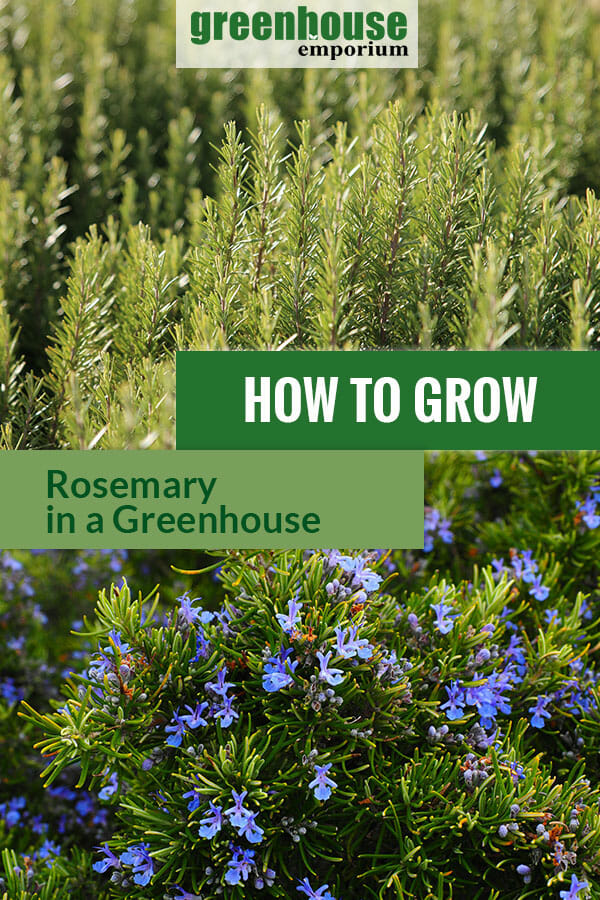
Common obstacles
Rosemary is susceptible to several common diseases. Some of them are spider mites and aphids. These bugs appear to exist on houseplants in wintertime. Grabbing them before an entire invasion will make them easier to manage. Continuous sprinkling with insecticidal soap will take care of this difficulty.
Powdery mildew is a white, dusty fungus that can progress if the neighboring air is wet and there is no sufficient airflow. It will not ruin your rosemary, but it will make it weak. Keep a low moisture level by letting the water evaporate slightly between waterings, putting them in daylight and, if needed, having a fan for several hours every day to generate a breeze.
Watering duties
Rosemary requires moderate watering. Water weekly with one gallon per plant. If you plant the herb in pots then ensure it has excellent drainage since standing water may encourage root rot.
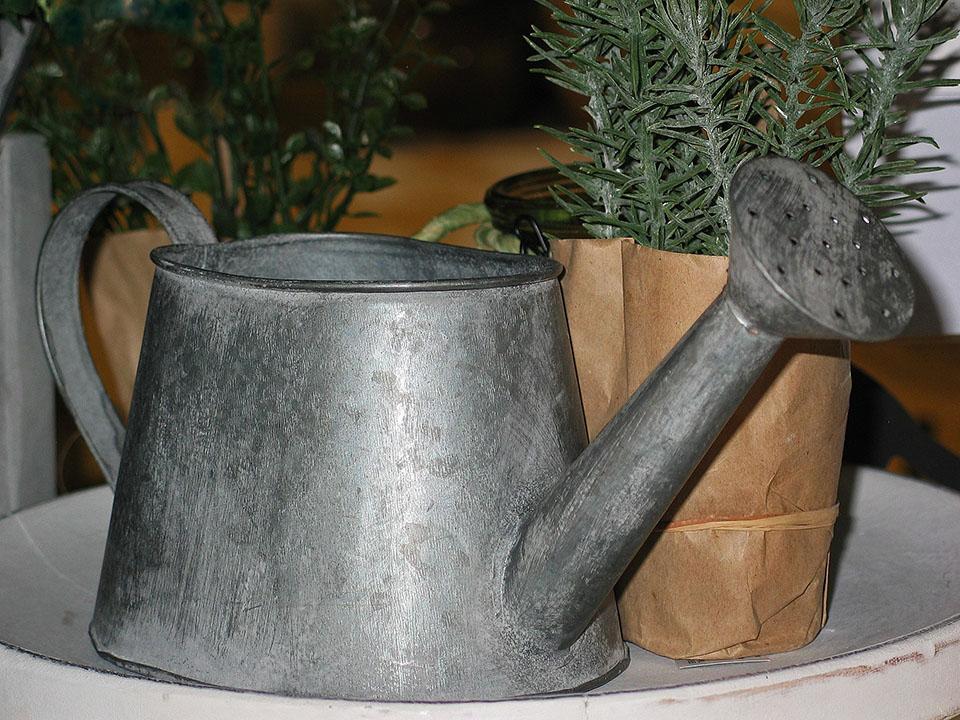
They can stand dry soil and drought. They do not need water throughout droughts but you can still water them if they seem to wilt.
Best soil conditions
Rosemary will do great in about any soil. They normally do not expect compost, except for pot grown seedlings.
Root and crown rot pathogens are worsened by planting them extremely deep and by overwatering. Sufficient airflow will decrease the rate of foliar conditions. The herb thrives in well-drained, slightly rich, neutral to alkaline soil with pH ranging from 6.0 to 7.0.
Temperature and lighting demands
Rosemary prefers full sun but can tolerate partial shade. Ensure you set up your greenhouse kit in a manner that will allow the plants to have six or more hours of light each day. They can also thrive in full daylight and can endure greenhouse temperatures of at least 120°F. A lightly shaded greenhouse is okay throughout summer.
Harvesting
Rosemary can be cut anytime about 85 days after germination. For smaller portions, the top part can be cut with a clip. Larger quantities can be harvested by cutting the stem to within two to three nodes of the main woody support.
Start growing your aromatic rosemary today!
FAQs about growing rosemary in a greenhouse
How much cold can rosemary tolerate?
Rosemary can tolerate a wide range of temperatures down to as low as 10°F. In warmer zones 7 and above, rosemary is a semi-hardy woody shrub. Some of these amazing plants live up to thirty years when protected from the cold.
Can you grow rosemary from cuttings?
This is the easiest way to propagate rosemary! They do well as cuttings when started from a branch at least 6in long. They will root in water or in soil with the help of a rooting hormone.
Can you grow rosemary from seeds?
Rosemary can be grown from seed, but it is a slow process and germination rates are low. Seeds need to be soaked prior to planting and you may get better results using a heat mat. Seeds take several weeks to germinate.

